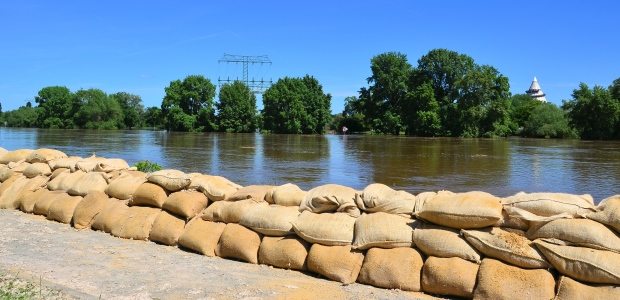
10 'Golden Rules' of Flood Management
With many families across the UK still dealing with the consequences of last winter’s flooding, the International Journal of River Basin Management has just published 10 ‘golden rules’ for strategic flood management (SFM).
Written by an international team of experts, the study provides an overview of emerging good practice in strategic flood management (SFM), as well as a historical overview of the events –– like the Boxing Day tsunami –– that have changed approaches to flood management forever. The article also discusses the purpose and goals of today’s SFM and the inevitable challenges associated with its implementation.
While the authors acknowledge the ‘remarkable progress in cultivating the concepts of flood risk management’ that has taken place over the last few decades, they also recognize that ‘the challenge now is to turn the now commonly accepted concepts of managing risks and promoting opportunities into common flood-management practice’.
The authors argue that SFM can play a pivotal role in promoting desired ‘societal, environmental and economic outcomes’. In contrast to the often narrowly defined single-objective nature of flood control, they observe that SFM places an emphasis not only on reducing risk (to people, economics and the environment) but also on seeking opportunities to working with natural processes and promoting multiple benefits across a range of criteria (ecological, societal and economic).
Sound flood management planning requires an effective collaborative solution, which ‘blurs the distinction between the disciplines of spatial, coastal zone, river basin and water resources planning as well as flood defence engineering and environmental management.’
The list of 10 ‘golden rules’ that are central to achieving sound SFM in practice are:
1. Accept that absolute protection is not possible and plan for exceedance.
2. Promote some flooding as desirable.
3. Base decisions on an understanding of risk and uncertainty.
4. Recognize that the future will be different from the past.
5. Do not rely on a single measure, but implement a portfolio of responses.
6. Utilize limited resources efficiently and fairly to reduce risk.
7. Be clear on responsibilities for governance and action.
8. Communicate risk and uncertainty effectively and widely.
9. Promote stakeholder participation in the decision-making process.
10. Reflect local context and integrate with other planning processes.
To read the full article, please click here.